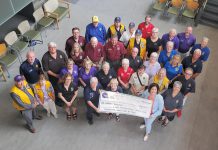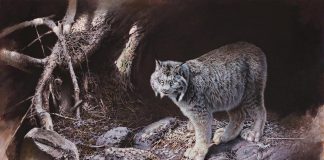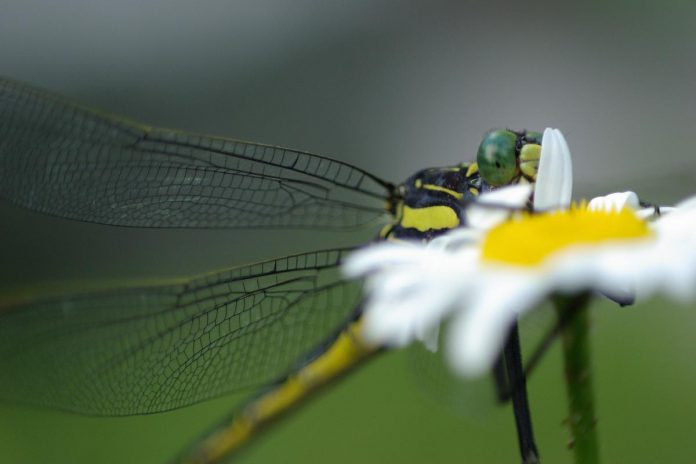
Just over six months ago, in December, I shared a column about reflection and connection at the turning point between seasons, between years.
Here we are, half a year later, and once again I have a sense that so much of how things were then is unrecognizable to how things are now.
When life feels like it is changing too quickly (or not quickly enough), when horrible things beyond our control are happening, we can connect with community and nature to find support, solace, and a foundation for healing and making things better.
Bringing intention to your time in nature is a highly effective way to enhance the mental and emotional benefits of that time.
A 2020 study published by the American Psychological Association compared two groups of adults. Both groups were asked to take 15-minute walks every day for eight weeks. The first group was given no instructions about how to take those walks, but the second group was told to be intentional about finding “awe” or “wonder” in their natural surroundings.
As a result, that second group demonstrated “greater joy” and “measurably broader smiles” than the first group. The second group also demonstrated “greater decreases in daily distress over time” as well as greater increases in positive emotions and feelings of social connection.
Here are a few ways I enjoy connecting with nature in the summertime.
Treat your senses

at all times of year. (Photo: Leif Einarson)
In his book Nature’s Year in the Kawarthas: A Guide to the Unfolding Seasons, Drew Monkman describes July as “a treat for all our senses. The warm, humid air is often replete with the sweet smell of milkweed flowers, while the fragrance of flowering basswood trees draws bees and other insects by the thousands. Our palates, too, are well-served in July as strawberries, raspberries, tomatoes, and the first sweet corn ripen.”
August is often also a hot and sultry joy for the senses. Crickets and cicadas start to sing. Turtle nests hatch. Goldenrod glows. The air fills with the buzz of native bees and the silent glory of butterflies as though we were in a second spring.
I feel like there’s a sense of lingering trauma or betrayal from that traumatic derecho storm this spring. A slight after-taste of bitterness returns when I hear a gentle roll of thunder or smell a storm in the air.
I have found solace in celebrating the ongoing vibrancy and growth all around me this summer. I find connection and community at farmers’ markets. I enjoy creating a “smell cocktail” with the scents and sights of summer, as Jacob Rodenburg suggests in his new book The Book of Nature Connection.
Wander with intention

Wandering is not the same thing as being lost or wasting time without a goal. You can find many meaningful things — including yourself — if you make a point of wandering without a set destination. Wandering can happen with intention.
I enjoy wandering because it reinforces joy and meaning in the journey, not only the destination. Wandering in this way allows me to increase my appreciation for what can be discovered and noticed along the way.
Some of my most favourite spots have been discovered during aimless wanders.
Connect with feathered friends
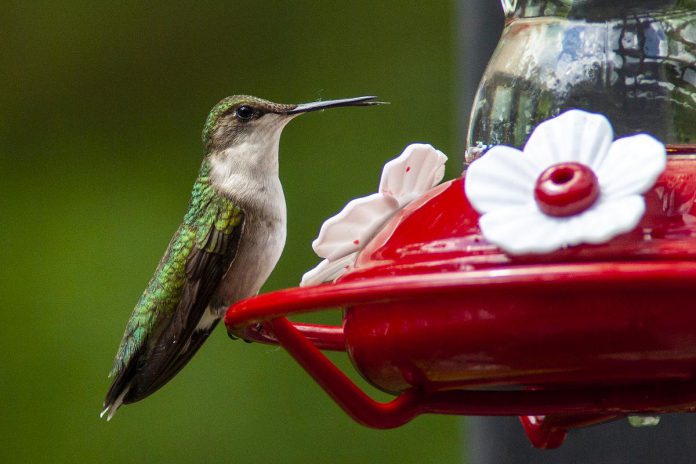
The spring’s birdsongs may be behind us, but summer is a unique time to connect with feathered friends.
Swallows — my favourite bird — are common in summer if you look on telephone wires or fences near farms and open fields or lakes and ponds. These nimble birds migrate to South America and — like so many other animals — depend on our collective efforts across national borders to protect habitat and reduce the use of harmful pesticides.
I love watching these elegant little birds with their forked tails speed along close to the ground. It’s a fun challenge to keep your eyes following just one swallow during its remarkable aerial maneuvers.
If you are close to a hummingbird feeder or pollinator garden, you can enjoy the tiny bursts of colour and speed of these amazing tiny birds. Did you know that hummingbirds are the only birds that can fly backwards?
Ruby-throated are the most common hummingbirds in Ontario. You can identify them by a bright green back and crown, with grey-white underside. Males have an iridescent red throat. If you’re in a good spot, you may get to hear multiple males exchanging territorial chirps and you might even see some aerial duels.
Live streaming
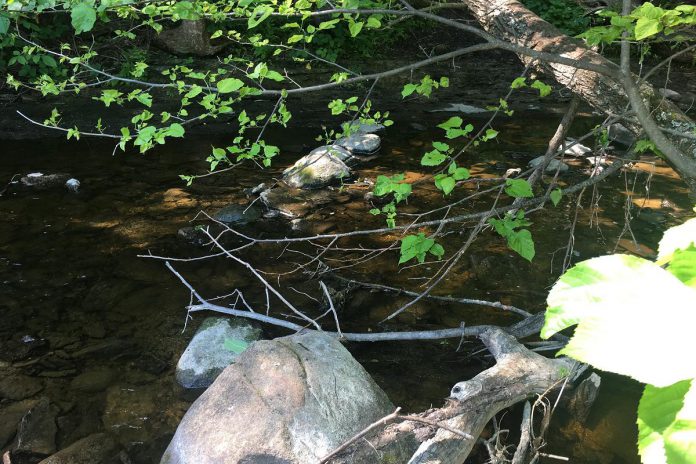
created in 2018. (Photo: Leif Einarson)
No, I am not talking about social media. Turn that off.
I’m talking about enjoying one of the many creeks, rivers, or lakes in the Peterborough area. This region has an abundance of fresh water, and we take that for granted. There is so much to be gained in terms of physical and mental wellness simply by spending a few moments near a water body. Water truly is essential to life and quality of life.
Summer is a great time to peer into that magical world under the surface tension. Lose yourself watching fish, invertebrates, and amphibians, or just watch the patterns of light and shadow at play.
Yearning for a guide to the finest amphibia, the streams of your dreams, and the flora you’ll adore? GreenUP is proud to support the Creek Week Walking Guide by Peterborough Currents.
When it comes to protecting our shared watershed, Otonabee Conservation is your resource in the Peterborough region for information about how to change your behaviour in response to drought or flood conditions. Visit www.ontonabeeconservation.com to find out more.
We’ve been through a lot in the past year. It’s ok to not be ok. I hope some time connecting with nature and community brings you happiness and good health.
A personal crisis can come about suddenly and unexpectedly but also as a natural part of the life cycle. If you or someone you know is in crisis or needs help, the Four County Crisis Line is available 24 hours a day, seven days a week at 705-745-6484 or toll-free 1-866-995-9933.
The Four County Crisis Line provides free, confidential mental health crisis intervention support over the phone, for people 16 years and over.




